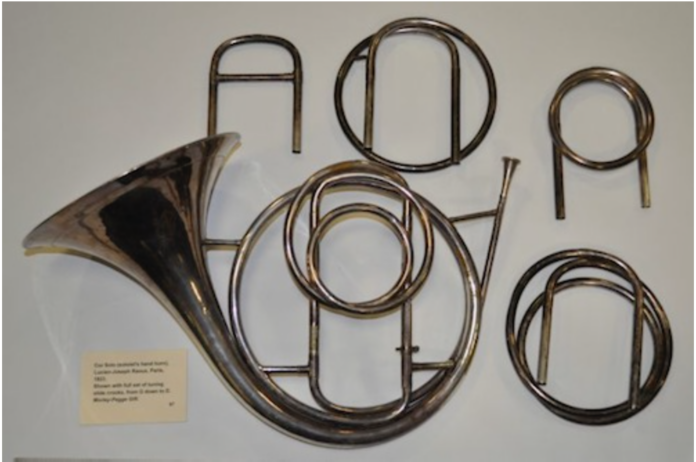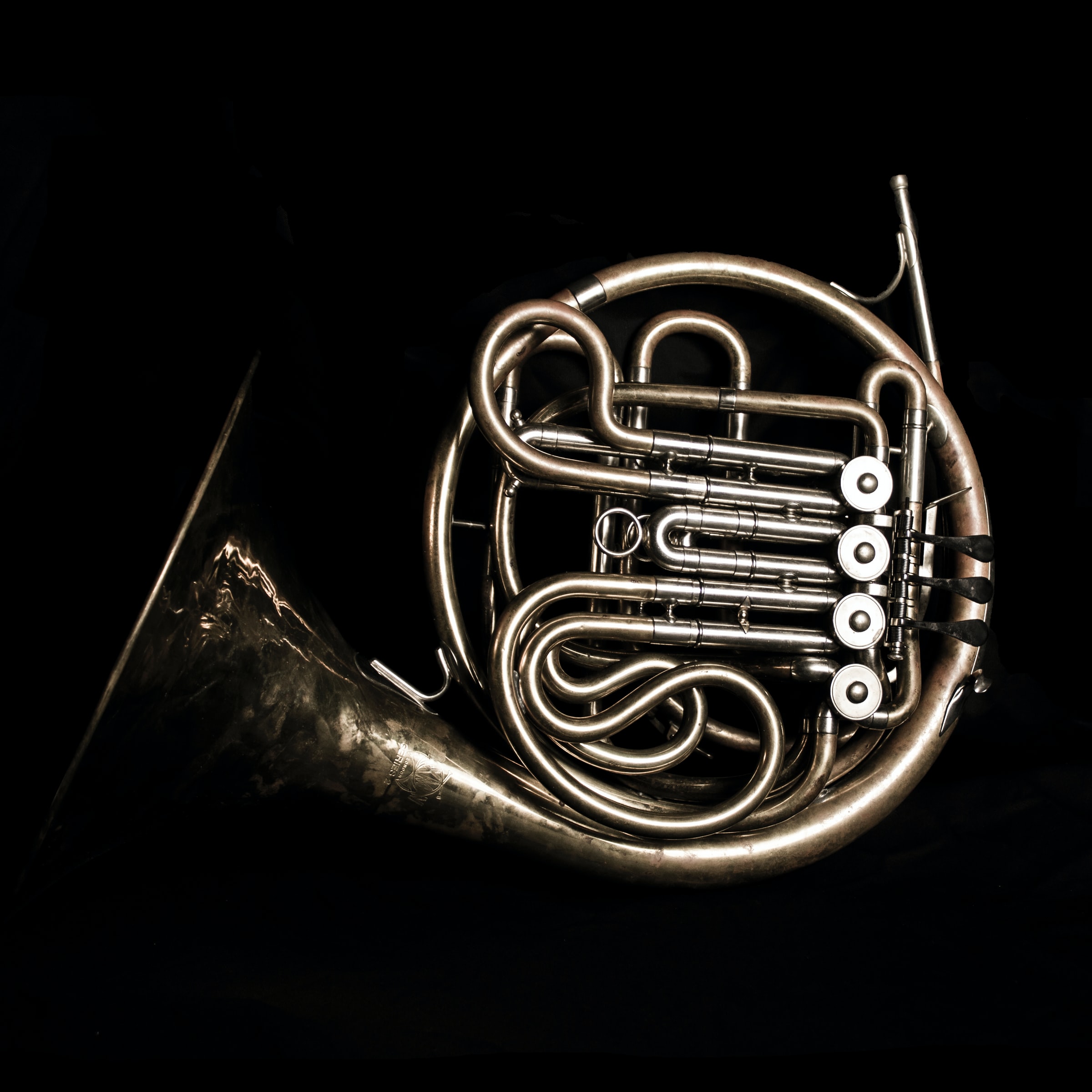French horns are unlikely to be the first instrument that comes to mind when asked to name a musical instrument. Nonetheless, it is a fascinating, beautiful, and unique-looking musical instrument. It adds a mysterious quality to any orchestra, marching band, concert band, or brass ensemble, projecting a mellow and subdued sound.
Examining the historical underpinnings of French horns is quite fascinating. Looking back at their birth and development reveals how they acquired their distinctive sound and features. It also explains why they are not the most famous music instrument in any music group even today. Visit Brassnwind.com for more information on the French horn and other similar instruments.
Megaphones were the most primitive form of French horns. They were made of a hollow branch or cane, and the player sang, spoke, or made vocal noises into them to produce a harsh sound that frightened away evil spirits. Megaphones evolved into early trumpets, with only one or two notes but made a terrifying sound. These trumpets were used during circumcisions, funerals, and sunset ceremonies.

It wasn’t until the Renaissance, around 1550, that a musical instrument that bears the most resemblance to modern-day French horns was developed. This was the close-coiled helical horn, which was popular in Central Europe. A hundred years later, the ancestor of French horns was built in a thin conical tube with two or more circular coils.
Before the eighteenth century, there is no evidence that French horns were used purely for musical purposes with other musical instruments, only for hunting in France, Germany, and Italy. Graf Franz Anton von Sporck introduced them to Germany in 1681, and their inclusion in a German orchestra score in 1705 helped them gain a position in the music world. In England, however, they were mainly used as an entertaining duet in the gardens or along the river rather than gaining the prestigious right to play in an orchestra. Until 1735, France restricted their use to the chase for hunting.
During the early 1700s, musicians would point the widely flared bell upwards, similar to a bugle-horn, to play french horns. Because the length of the tubing varied depending on the pitch required, separate horns were needed for each fundamental change. The crook system, developed in 1715, solved this problem by consisting of various tube rings fitting into the end of the mouthpiece socket. It gave the player the ability to use any key.

In 1750, Anton Joseph Hampel of Germany developed an important technique while experimenting with various mutes. He discovered that he could gradually lower the pitch by pushing a cotton pad or his hand more profound into the bell, a technique known as “stopping.” This hand-horn technique, which is still used today, required the horn to be held horizontally. The crooks were then moved to the center of the hoop rather than near the mouthpiece, as Hampel had initially intended. However, there was still a disparity between the tone and power of the open and stopped notes, similar to the unpleasant sound of the original horns.
In 1815, two German musicians invented the valve, which revolutionized the French horn. Voila! Crooks were no longer required to be changed as the descending spring valves reduced the pitch. The last notable invention for french horns was the sale of double F/Bb french horns in 1899.
No significant alterations or additions have been required after more than a century. Although materials have changed, spring valves and the hand-horn technique are still used to achieve a perfect mellow timbre and keep the natural roughness of tone in check. French horns have maintained their musical status throughout the world.
Do you want to learn how to play the French horn?

The French horn produces a full and mellow tone and is the second-highest sounding member of the brass family. It is the most well-known member of the horn family and appears most frequently in orchestras.
It is made up of a conical bore tube coiled into a spiral shape. Its bore is about 1/4 inch wide ( 6.2 mm ) at the blowing end and widens into a bell about 11-14 inches wide ( 28 – 36 cm )
The French horn evolved in stages over time, as shown below

1.From the Hunting Horn, a signaling instrument consisting of a tube bent in a simple curve over the player’s shoulder. The French horn was frequently used in 18th-century orchestras for music that required an outdoor hunting sound.
2. Using Crooks: Crooks were extra pieces of metal tubing added to the horn to add length. They were detachable and came in seven different sizes.
Crooks were added because composers wanted to write less limiting pieces for the french horn, and the extra tube lengths created more notes and allowed players to have music written in more keys.
3.Three Valves: These were introduced in 1830 using additional tubing built into the main body.
They took the place of the crooks because they performed the same function. Different tubing sections are added when the player presses the valves individually or in any combination, resulting in additional notes. This invention gave rise to the modern instrument, a versatile instrument with a range of letters spanning three and a half octaves and playing in any key. The key of F is commonly used for the French horn.

The sound produced by French horn players is the same as that of any other brass instrument. The sound is produced by a person’s lips buzzing into a mouthpiece. The air then vibrates through the instrument’s tubing. The higher the pitch, the less tubing there is. The lower the pitch, the more tubing there is. The pitch of a person’s voice can also be changed by tightening or loosening their embouchure or mouth position. As a result, when a player moves a valve or two or three in various combinations, the tubing length, and note pitch change. The pitch can also be changed by inserting a hand or a mute into the bell.
Most of the time, French horn players read music written on the treble clef, but the bass clef is used if the music is low and stays low.
The French horn is frequently heard in orchestras and brass bands. A marching band does not have any french horns, but french horn players play the mellophone, which is a brass instrument with three valves that are operated with the right hand and has fingering that is identical to that of a trumpet. A marching band requires sound projection in the player’s direction, and a mellophone has its bell in the front.







